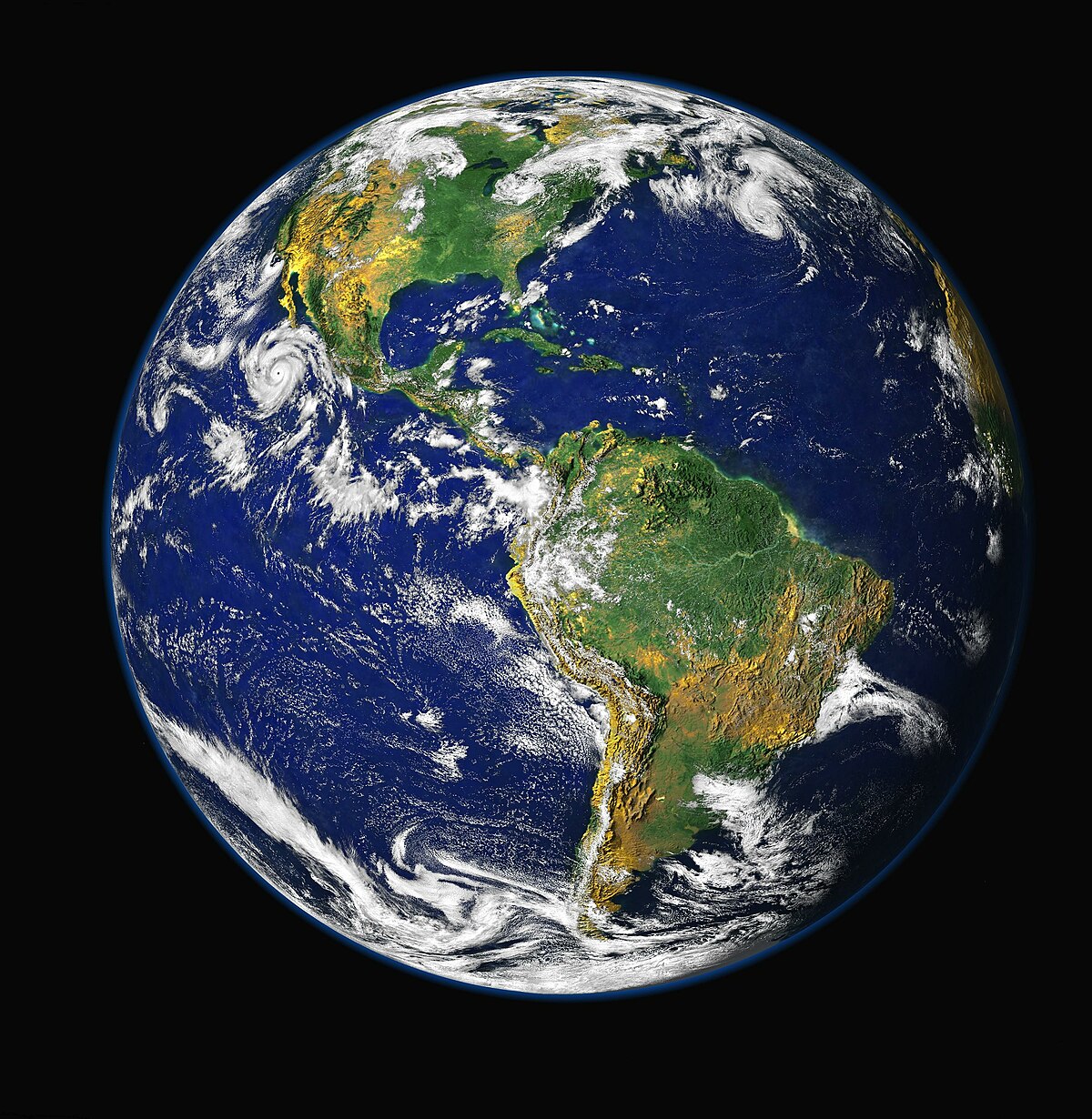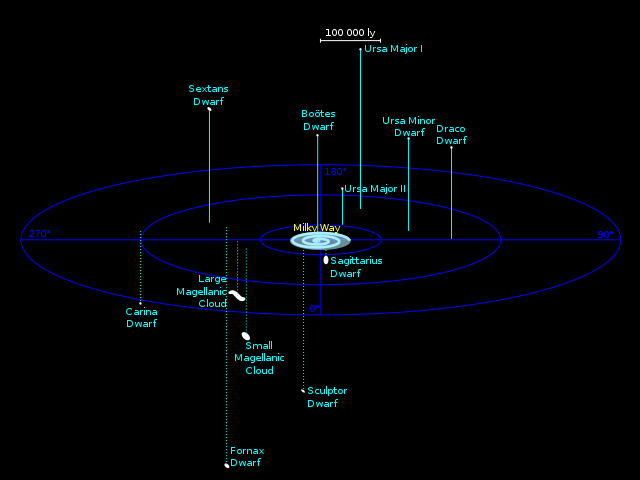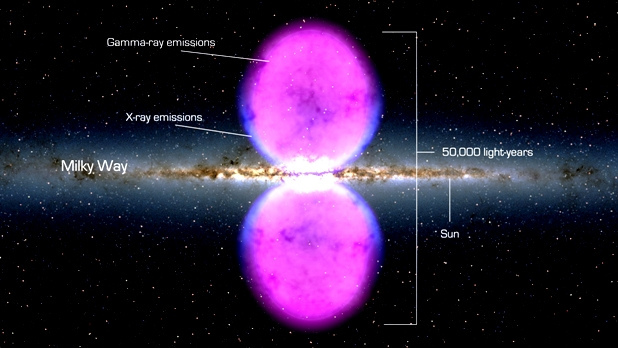On a dark night, the dense plane of the Milky Way winds like a ribbon across the sky. On a really dark night, in areas free from light pollution, that ribbon becomes so intensely spangled with stars that it’s possible to see the dark, dusty clouds of dust and gas deep in space that blot out their light. Those clouds are so prominent that Australia’s Aboriginal people saw them create the shape of an emu.
Our galactic home is one of trillions of galaxies in the universe. Astronomers have been ardently studying them for almost a century, ever since Edwin Hubble discovered that neighboring Andromeda was not just another nearby dusty nebula, but a galaxy in its own right. And yet, humans are still trying to unravel the secrets of our galactic home and how it fits in the tapestry of the universe.
“I would love to see a movie in time of the assembly of the Milky Way,” says Jay Lockman of the Green Bank Observatory, who presented new observations about our galaxy this week at the 231st meeting of the American Astronomical Society in Maryland.
Here are some of the fun, weird facts and questions we have about the 13.6-billion-year-old space oddity we inhabit.
The Milky Way Is (Mostly) Flat
Our galaxy is, on average, a hundred thousand light-years across but only a thousand light-years thick. Within this flattened (though somewhat warped) disc, the sun and its planets are embedded in a curving arm of gas and dust, putting the solar system about 26,000 light-years away from the galaxy’s turbulent core. A bulge of dust and stars swaddles the galactic center, looking like a dollop of whipped cream plopped on both sides of a pancake.
Earth Is 18 Galactic Years Old
The solar system is zooming through interstellar space at around 500,000 miles an hour. Even at that rate, it takes about 250 million years to travel once around the Milky Way. The last time our 4.5-billion-year-old planet was in this same spot, continents fit together differently, dinosaurs were just emerging, mammals had yet to evolve, and the most profound mass extinction in the planet’s history—an event called the Great Dying—was in progress.
There’s a Monster Black Hole in the Galaxy’s Middle
Called Sagittarius A*, the supermassive black hole weighs in at more than four million times the mass of the sun. We’ve never seen this object directly—it’s hidden behind thick clouds of dust and gas. But astronomers have been able to follow the orbits of stars and gas clouds near the galactic center, which allowed them to infer the mass of the cosmic heavyweight hiding behind the curtain. It’s thought that supermassive black holes are parked in the cores of most galaxies, and some are feeding on nearby matter so greedily they shoot out jets of powerful radiation visible from millions of light-years away.
You can take a spin through the Milky Way’s chaotic center courtesy of a new animation released at the AAS meeting.
The Milky Way Won’t Live Forever
In about four billion years, the Milky Way will collide with its nearest neighbor, the Andromeda Galaxy. The two spiral galaxies are currently hurtling toward each other at 250,000 miles an hour. When they do smash into one another, it won’t be as cataclysmic as you might imagine—Earth will likely survive, and very few stars will actually be destroyed. Instead, the newly formed mega-galaxy will offer a night skyscape with a spectacular blend of stars and streamers unlike anything we see today.
Our Sun Is One Star among Several Hundred Billion
There are a hundred billion stars in the Milky Way. Or is it 300 billion? Or 400 billion? That’s right—we don’t actually know how many stars are in our galaxy. Many of them are dim, low-mass stars that are hard to detect over vast cosmic distances, and there are massive clouds obscuring the bulge of stars nearest to Sagittarius A*. Astronomers have estimated the total number of stars based on the Milky Way’s mass and brightness, but more precise numbers are still elusive.
We’re Surrounded By a Dark Halo
He Hang Out With Ancient Stars
The Milky Way is also surrounded by more than 150 ancient groups of stars, some of which are among the oldest in the universe. Called globular clusters, these primordial stellar conglomerates live in the Milky Way’s halo and orbit the galactic center. Each is crammed with hundreds of thousands of stars. Also hanging around the Milky Way are dozens of satellite galaxies; most of these are tough to see, but the Small and Large Magellanic Clouds glisten each night in the southern sky.
The Galaxy Is an Island in a Stream of Stars
The Milky Way eats galaxies that come too close. Over the years, scientists studying the galaxy’s fringe have detected some two dozen faint streamers of stars that are the remnants of galaxies past. These ghostly stellar rivers formed when the Milky Way’s more powerful gravity ripped apart smaller galaxies, leaving behind glittering strands of leftovers. At the AAS meeting, the Dark Energy Survey team announced that it had detected 11 more of these streamers, some of which have been given Aboriginal names.
The Galactic Center Is Blowing Hot Air
The Milky Way is blowing massive bubbles of extremely hot gas and energetic particles. Stretching far above and below the galactic plane, these so-called Fermi bubbles balloon straight out of the galaxy’s center, fueled by a wind blowing at two million miles an hour. Unknown until 2010, it’s not entirely clear why the bubbles exist, but scientists think they could be linked to the frenzy of star death and formation in the region around Sagittarius A*.
Gas Clouds Are Fleeing the Galaxy
Observed recently with the Green Bank Telescope, more than a hundred hydrogen gas clouds are zooming away from the galaxy’s core at 738,000 miles an hour. Scientists studying the deserting swarm say the clouds can act as tracers for the powerful processes that produce the giant Fermi bubbles.






